I would like to replace the UIStatusBar in my app with my own view.

I'm assuming that I need to hide the status bar - is this right?
The problem with hiding the status bar is that the navigation bar moves up to occupy it's original position. How can I add my view and move everything back down 20 px?

Assuming that I don't have to remove the status bar, but instead can just cover it with my view, I then have the problem of the background color. This changes between views, so I would need to mask out the existing status bar text - how do I do this?
Thanks for your help.


